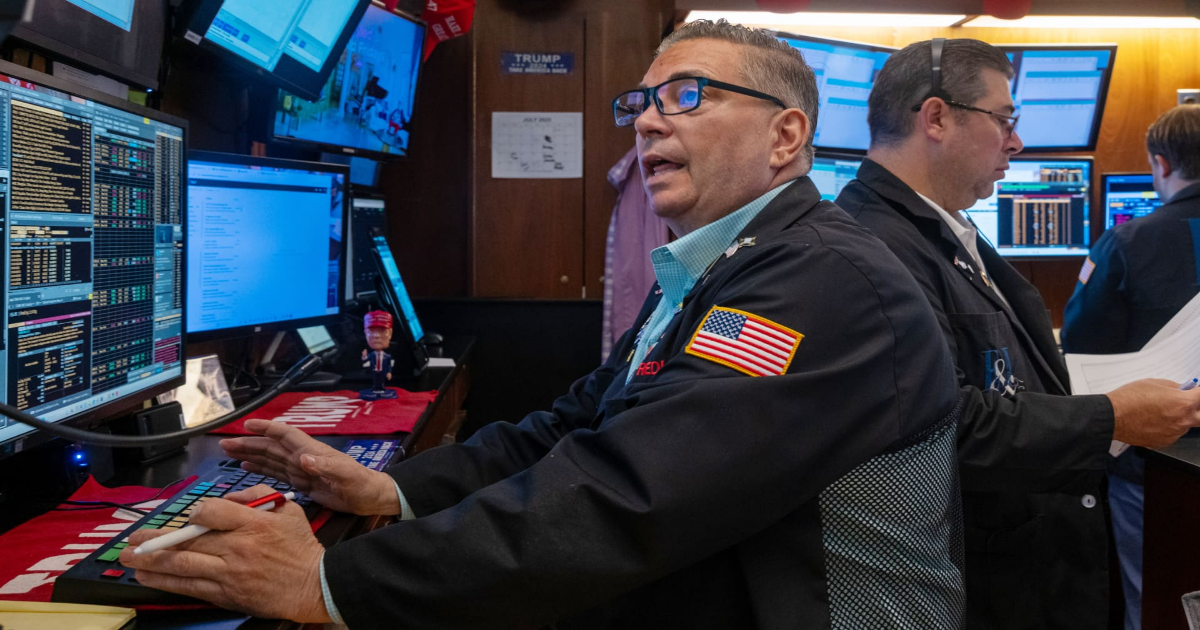Tariffs are starting to make Wall Street nervous again. Stocks sold off Friday after President Donald Trump’s latest tariff announcements, along with a weak jobs report, cast a pall over the U.S. economic outlook. Trump on Thursday signed an executive order that adjusted “reciprocal” tariffs on a slew of countries, with the new duties ranging from 10% to 41%. On Wall Street, many now estimate the latest levies raise the effective tariff rate to a range between 15% and 20%. The level is lower than the 25% or greater range that would have resulted from the initial April 2 announcement, but higher than the 10% baseline markets were pricing in just several weeks ago — and far above the 2% rate the U.S. came into the year with. Sure, the tariff rate remains below the “liberation day” level that shocked markets. But, with trade deals far from over, and the U.S. labor market starting to flash warning signals, more market observers are on alert. “It is tempting to think that a large part of the tariff uncertainty is behind us now, but we remain cautious,” wrote Wei Yao, China economist at Societe Generale. Some market observers are maintaining a sanguine view of the economy. Bernard Yaros, lead U.S. economist at Oxford Economics, expects the consumer will be able to absorb any tariff fallout so long as the rate does not rise toward 30%. Yet, with the tariff rate expected to rise in the coming weeks, with further tariffs on semiconductors and pharmaceuticals expected to roll out in the coming weeks, fears over the economic outlook are starting to rise. Antonio Gabriel, global economist at Bank of America Securities, noted on Thursday that the “latest trade deals point to a more hawkish 15% floor,” and added that the “recipe for stagflation keeps cooking in the U.S.” Stagflation is a scenario in which the economy experiences a recession and higher inflation at the same time. Others expect that inflation, which has thus far remained tame, will start to rise in upcoming releases over the next several months. “Don’t be complacent about it. Don’t assume that you’re not going to get an inflation bump because it hasn’t happened yet,” said David Kelly, chief global strategist at JPMorgan Asset Management. “It will happen. You’re going to see an increase in inflation from this.” With the latest announcements, Bank of America Securities puts the US effective rate at nearly 16%. Wolfe Research called for 16.1%. Societe Generale estimates 18%.
